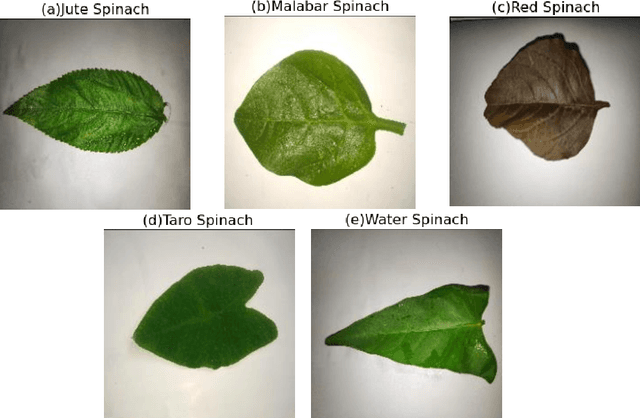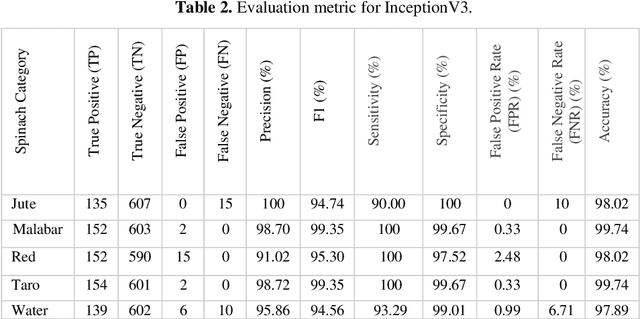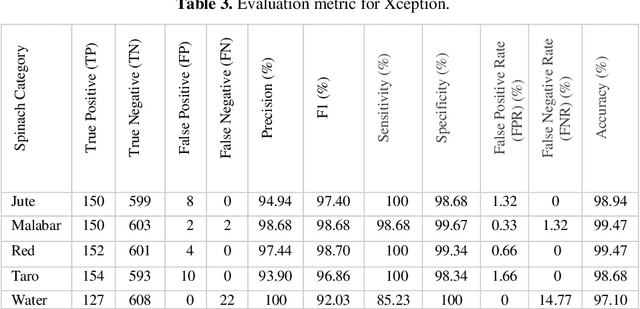Jannatul Ferdous Ani
Fake Hilsa Fish Detection Using Machine Vision
Jan 08, 2022



Abstract:Hilsa is the national fish of Bangladesh. Bangladesh is earning a lot of foreign currency by exporting this fish. Unfortunately, in recent days, some unscrupulous businessmen are selling fake Hilsa fishes to gain profit. The Sardines and Sardinella are the most sold in the market as Hilsa. The government agency of Bangladesh, namely Bangladesh Food Safety Authority said that these fake Hilsa fish contain high levels of cadmium and lead which are detrimental for humans. In this research, we have proposed a method that can readily identify original Hilsa fish and fake Hilsa fish. Based on the research available on online literature, we are the first to do research on identifying original Hilsa fish. We have collected more than 16,000 images of original and counterfeit Hilsa fish. To classify these images, we have used several deep learning-based models. Then, the performance has been compared between them. Among those models, DenseNet201 achieved the highest accuracy of 97.02%.
Deep Learning Based Classification System For Recognizing Local Spinach
Jan 06, 2022



Abstract:A deep learning model gives an incredible result for image processing by studying from the trained dataset. Spinach is a leaf vegetable that contains vitamins and nutrients. In our research, a Deep learning method has been used that can automatically identify spinach and this method has a dataset of a total of five species of spinach that contains 3785 images. Four Convolutional Neural Network (CNN) models were used to classify our spinach. These models give more accurate results for image classification. Before applying these models there is some preprocessing of the image data. For the preprocessing of data, some methods need to happen. Those are RGB conversion, filtering, resize & rescaling, and categorization. After applying these methods image data are pre-processed and ready to be used in the classifier algorithms. The accuracy of these classifiers is in between 98.68% - 99.79%. Among those models, VGG16 achieved the highest accuracy of 99.79%.
 Add to Chrome
Add to Chrome Add to Firefox
Add to Firefox Add to Edge
Add to Edge